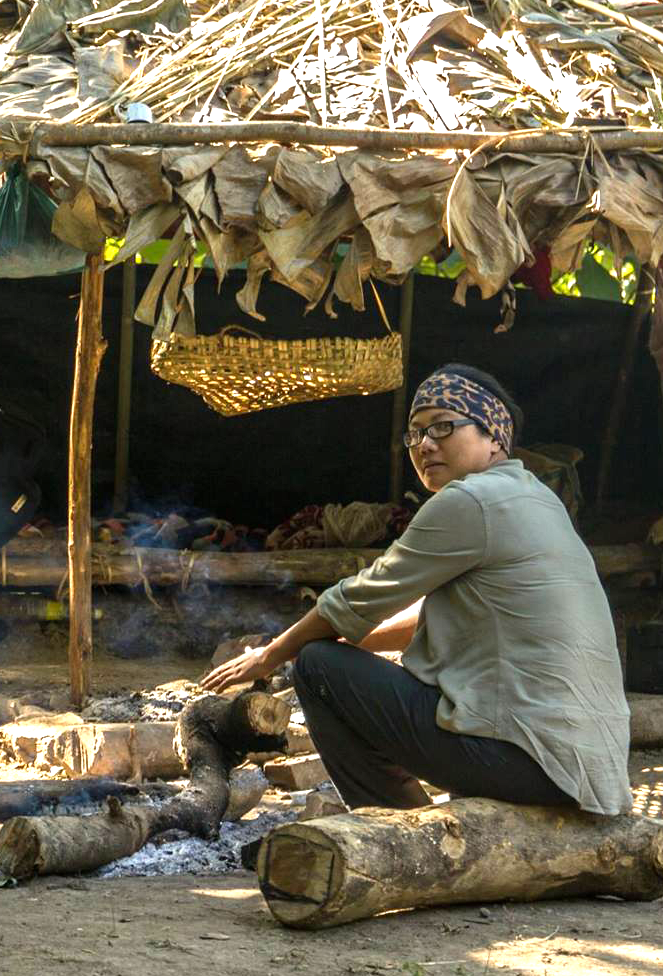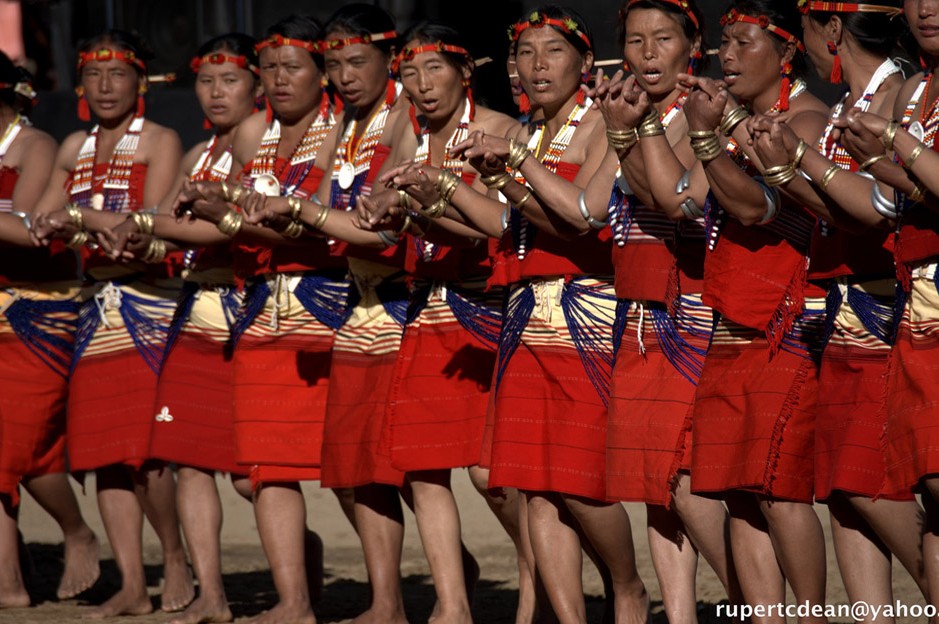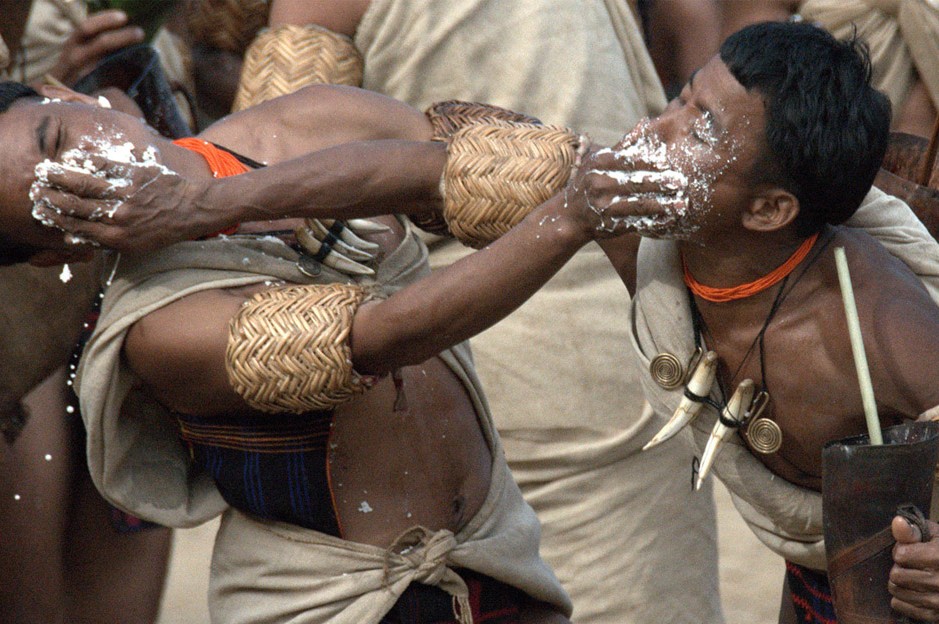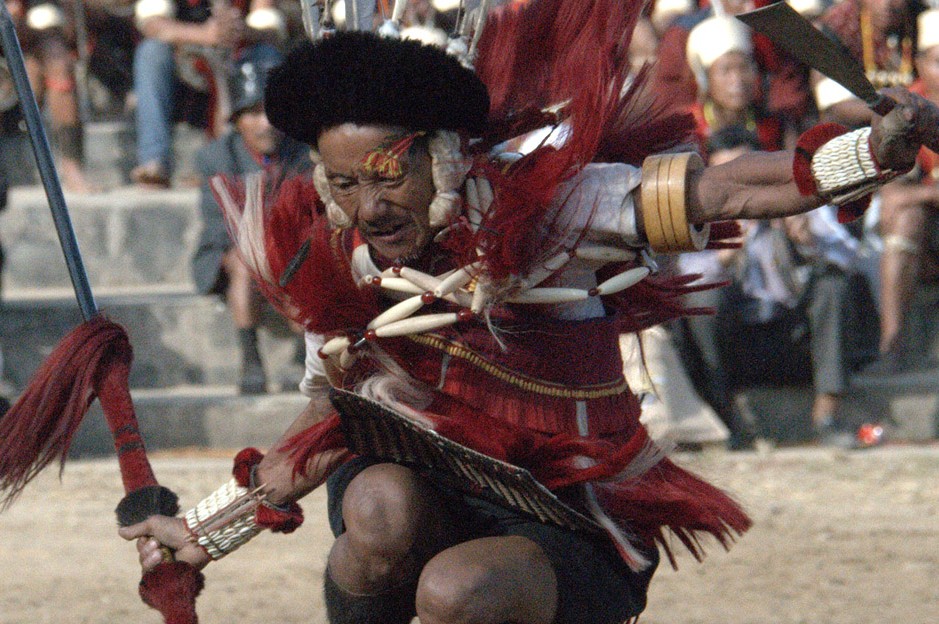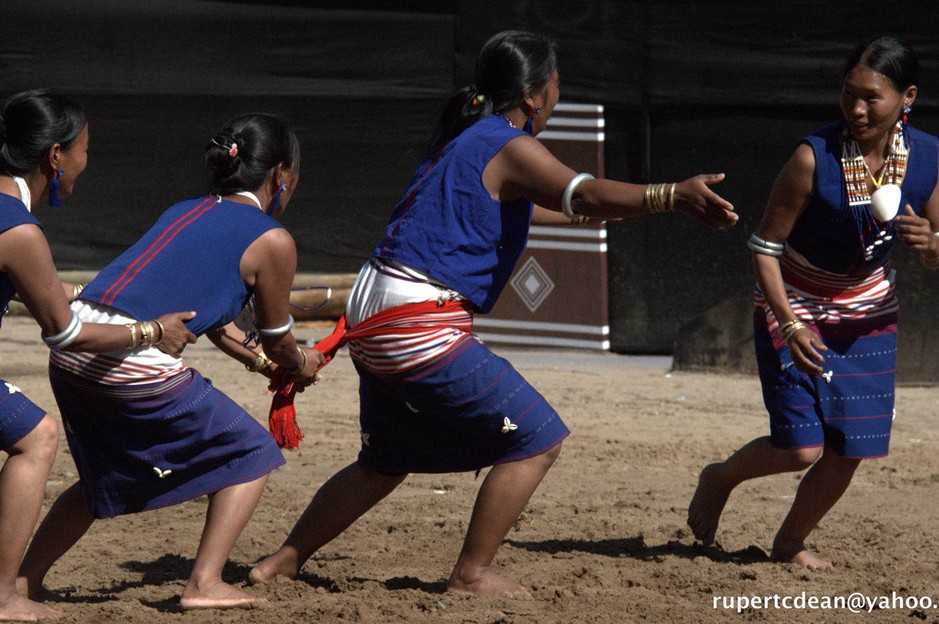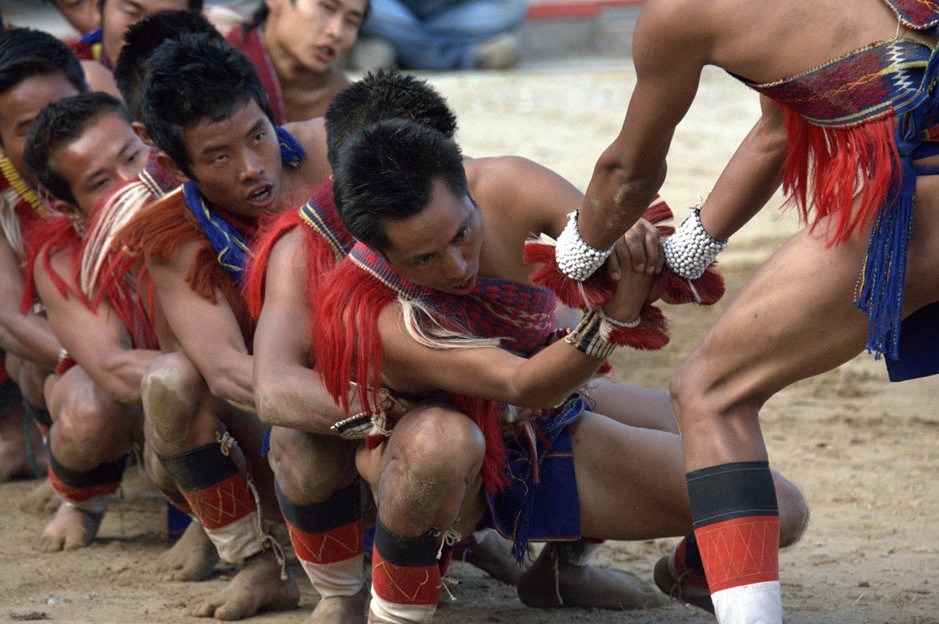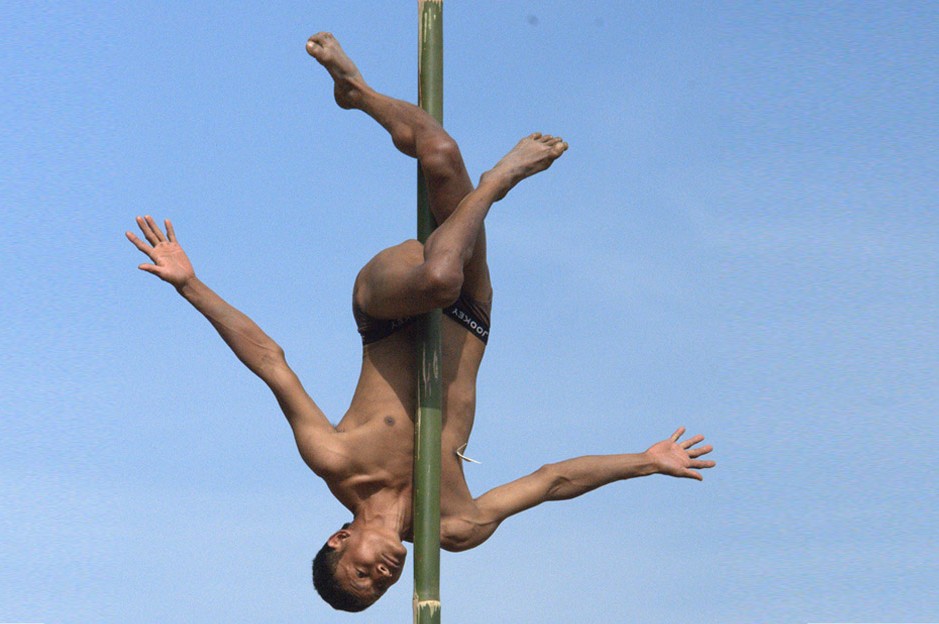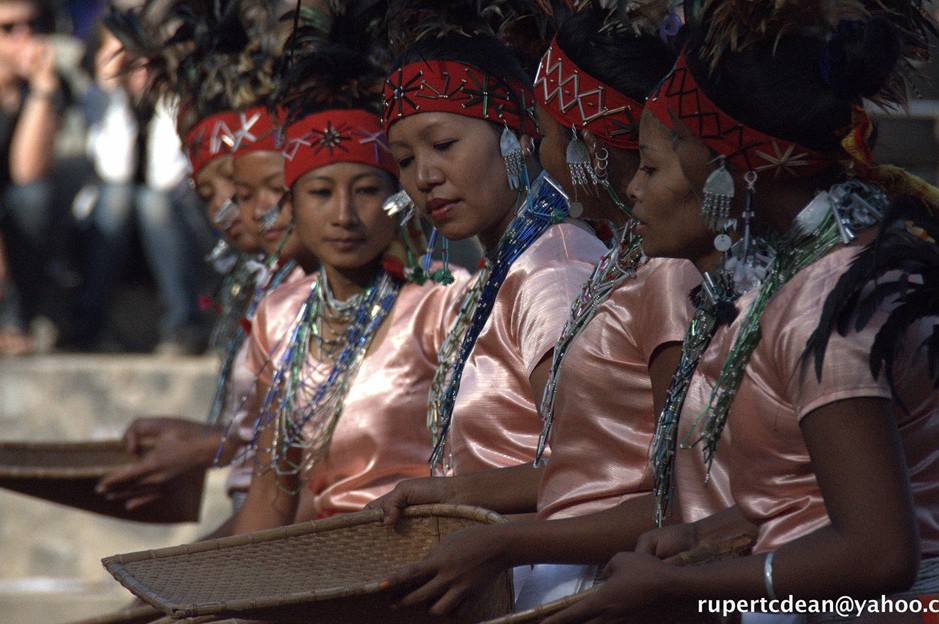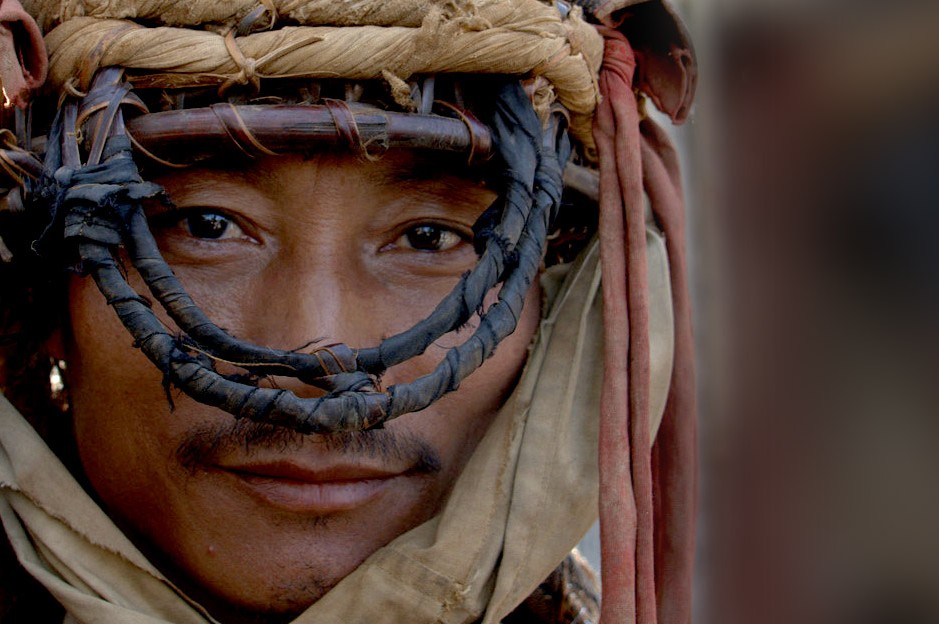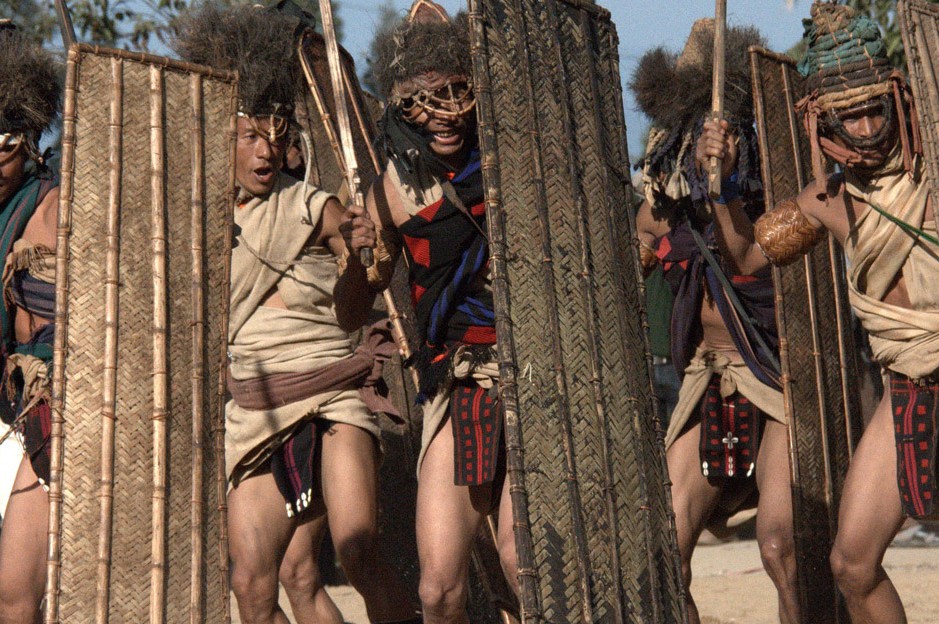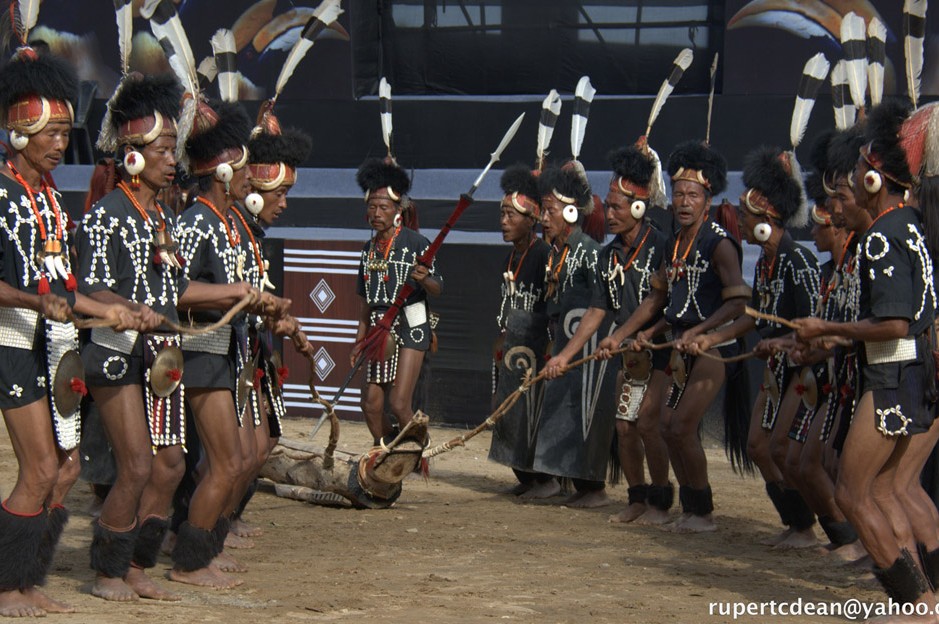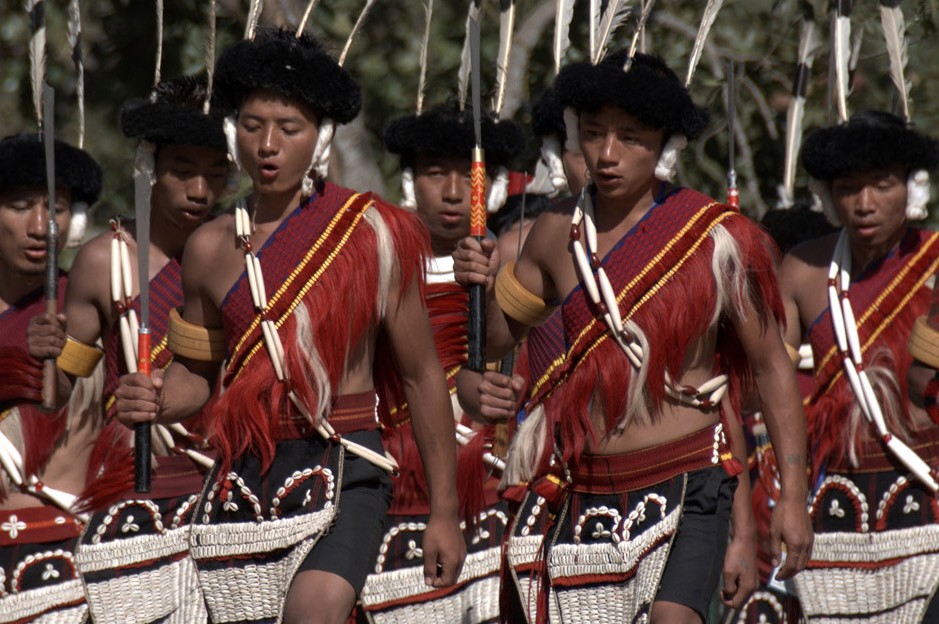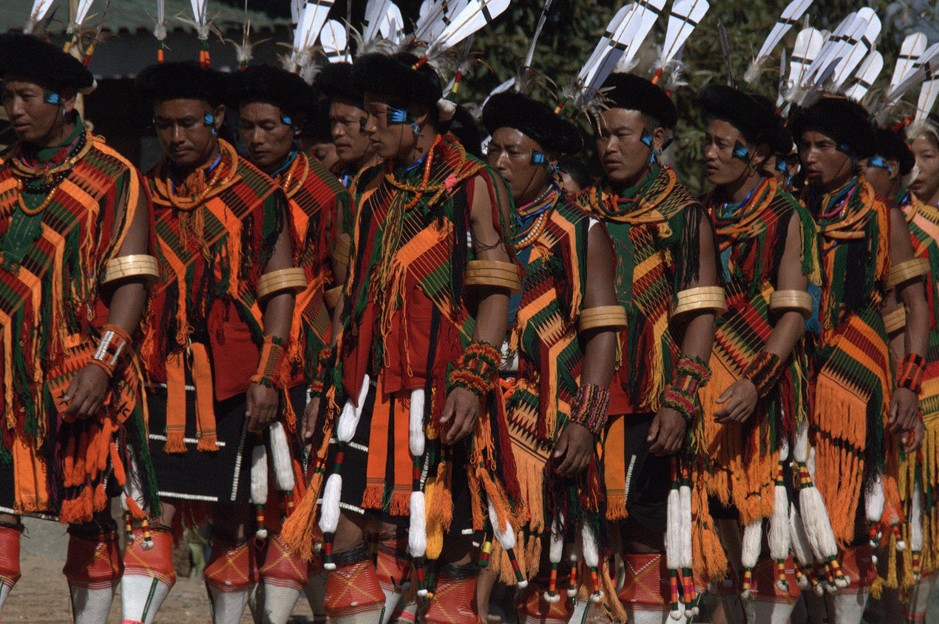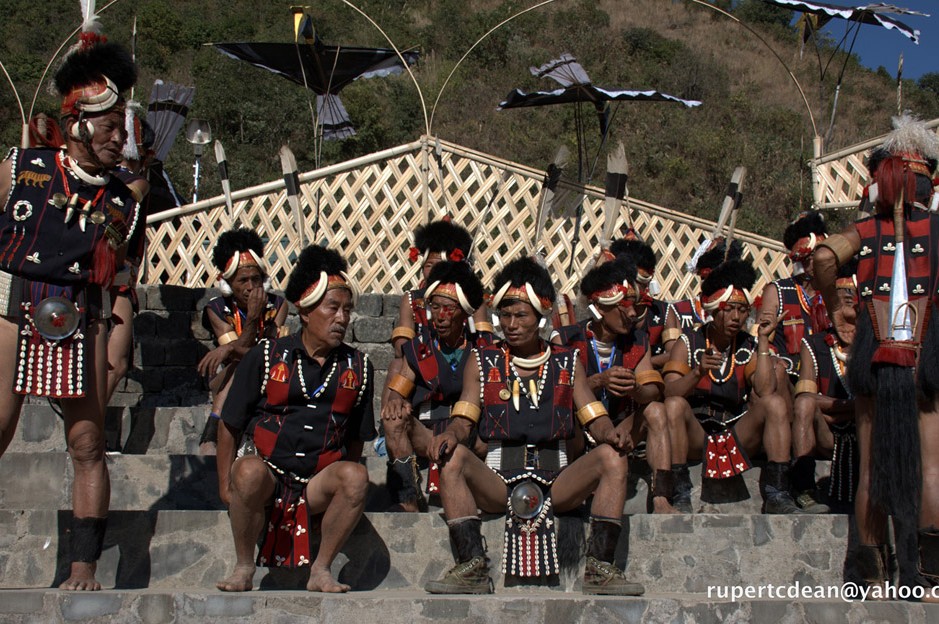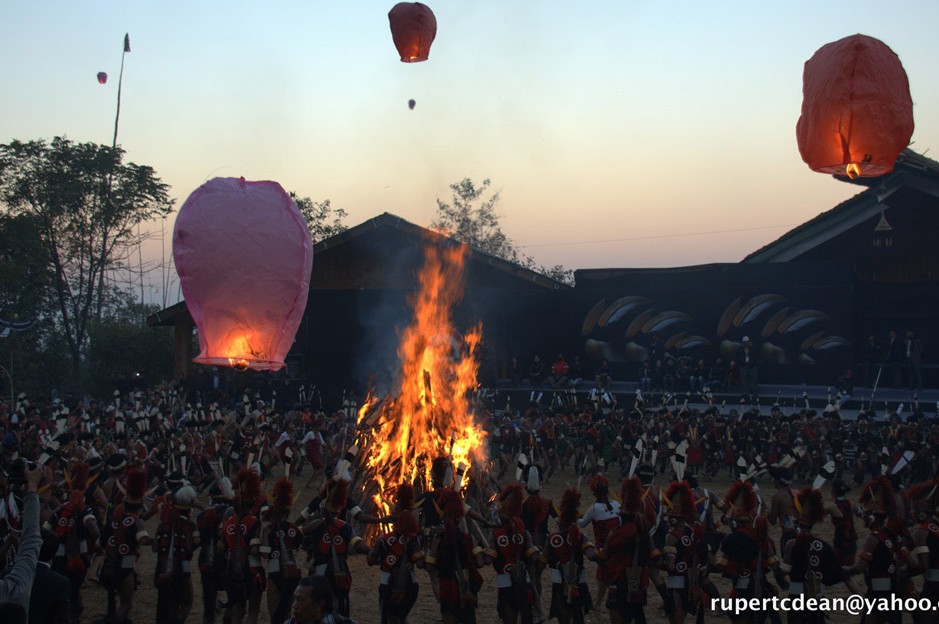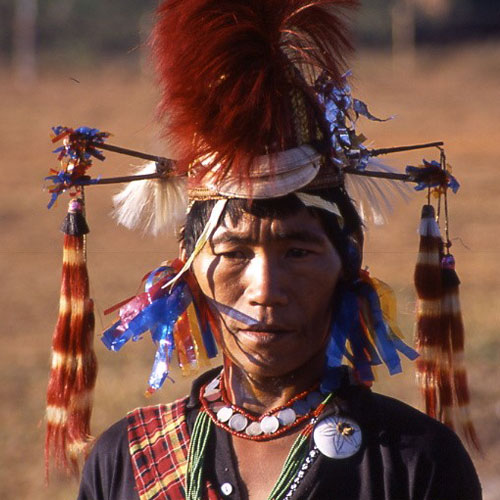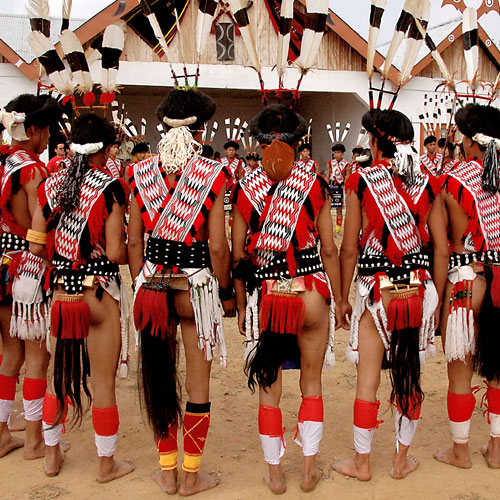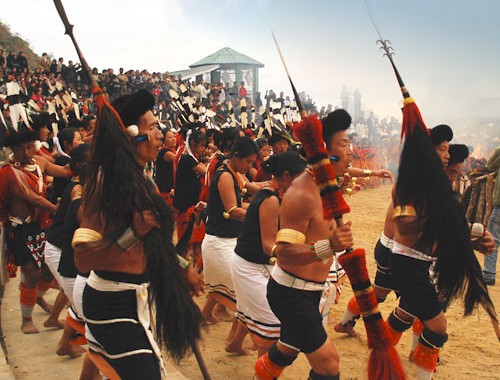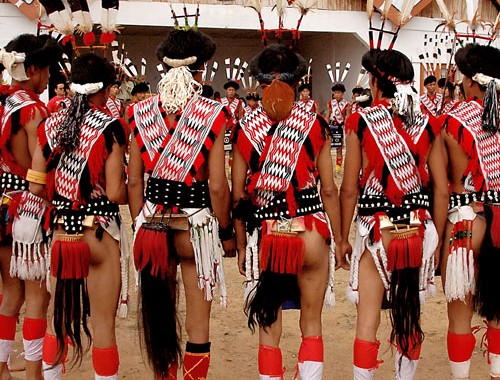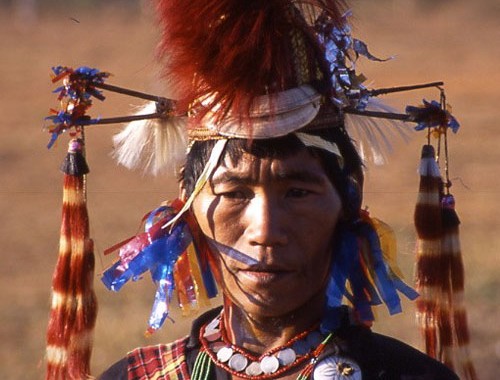Read on about the unique and memorable experience she offers you…
You can count on an RTX collaborator to stray off the beaten track. This week, we’d like you to meet Nino Zhasa, founder of Explore Nagaland and a woman with big plans for tourism in the North-east.
Nino is involved in rural tourism in Nagaland. She promotes rural homestays and building the local tourism trade with the local youths and SHGs [Self Help Groups]. In her own words: “My vision is to let the local community benefit and take pride in their surroundings, environment and preserve local culture.”
From the very beginning of our interaction, it’s clear the Nino is the kind who loves to really get to know people. Unsatisfied with our phone conversation, she wishes we could meet in person and chat over a cuppa.
“The experience that I’m trying to give people has a unique and personal touch. When you go to a place and the people showing you around are from there, when that’s their own home – they’re proud to show you places, they’re happy to tell you all they can. It isn’t just a job for them, it’s an interaction.”
“When you go to a place and the people showing you around are from there, when that’s their own home – they’re proud to show you places, they’re happy to tell you all they can. It isn’t just a job for them, it’s an interaction.”
Nino talks about the personal and human parts that are missing from pre-packaged tours that seem all the rage these days.
“When I have guests in my house, I look after them. That’s the same idea behind promoting rural homestays. The locals absolutely love to have these guests. The women play an active role in interacting with them, making them comfortable. It makes them amazingly happy. To add to it, they benefit because they earn money. So when we send guests to them, they not only prosper financially, but also interact with the guests, learn from them. They take pride in their culture while showing it to an outsider. And so organically, the local community becomes socially and economically stronger.”
Even during our conversation, I can hear laughter and sound reverberating in the background in Morung Lodge. Nino explains: “Right now, I have a local musician, a folk singer as a guest. He, along with my other guests from Mumbai who have come for the Ziro Music Festival, are having a lovely jam session right now. They explored Kohima, and went trekking around the place. Imagine that – there’s actually a guest at my house who’s singing, and we have a live band. These aren’t everyday experiences, definitely not something you get in a tour package!”
Nino speaks of her inspiration for her work. “I’ve always loved interacting with travellers and people from different regions. I’ve travelled all over India and abroad over the years, and I’ve learnt a lot, and gained a lot of experience. My love for travel and working holidays took me to many places in the Himalayan region as well as abroad (where I’ve worked in the hospitality sector). But deep inside, I’ve always meant to come home and promote Nagaland and the North-east. Once I came back and started this, I really knew that this was what I wanted to do. I wanted to be my own boss, and help people have life experiences.”
“These aren’t everyday experiences, definitely not something you get in a tour package!”
As she delves into her childhood, it’s clear that this was what Nino was born to do. “Personally, I’m born and bred in Kohima and my parents have really influenced what I am today. My dad being an administrator had to travel a lot, so most of my holidays were spent in those outposts. Both he and my mum were very charitable and hospitable people and I think that has really moulded me.”
Says Nino about the whole Road Trip Experience: “I’m really looking forward to the RTX road trip. A few years ago, I had been a part of a similar global collaboration, with interactions with artists and local people over a month, and it was amazing. The idea of a road trip makes this unique and beautiful in a new way. My only complaint, if you can call it that – it’s such a short time! Only three days, I’d love to stay on for longer, get to know all these people better, learn from them!”
Nino is looking forward to a great interaction with fellow creative minds over the RTX experience. She believes that she can inspire people to promote National Integration through creativity and would love everybody to experience the North-eastern hospitality and to take back all the positivity of the region.
Nino signs off, even as she makes me swear to visit Nagaland sometime:
“The North-east is not a dangerous place, but a place of beautiful people and tribes who need support and hand holding to develop positively. Come, experience it for yourself. These are real human interactions that you will never forget.”
© aabir, RTX project, October 2015


